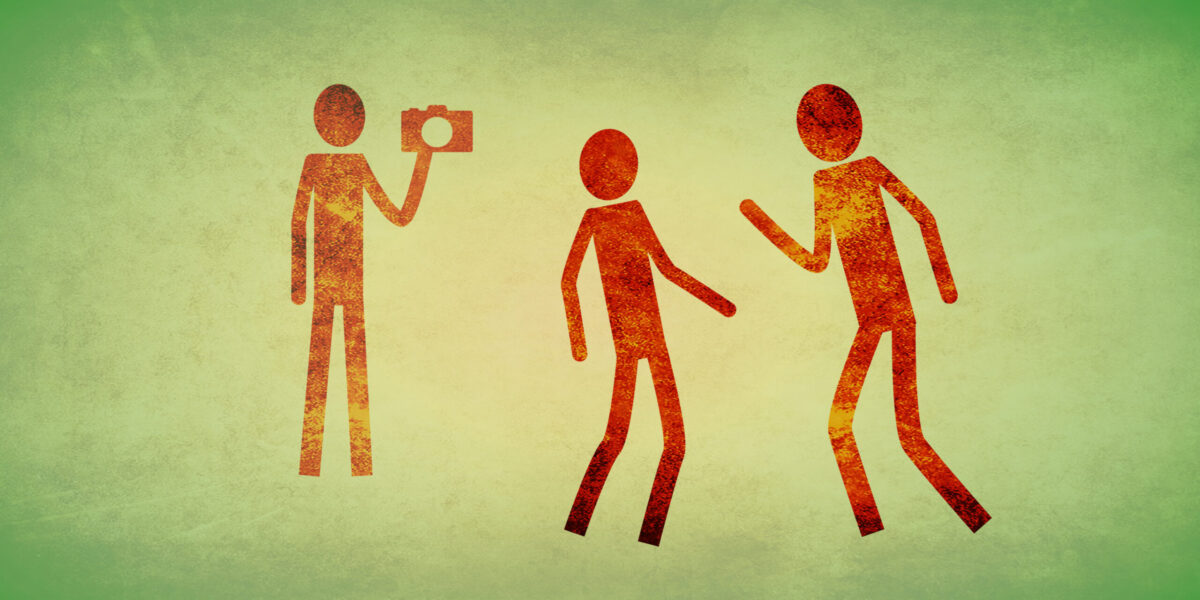"Then Joshua said to the people, ‘You are witnesses against yourselves that you have chosen the Lord, to serve him.’ And they said, ‘We are witnesses.’"
—Joshua 24:16-28
In Joshua 24, the leader of Israel recounts the community’s history. He reminds them of their time in Egypt and how God brought them to the Promised Land. Then he says something peculiar: He tells the people that they won’t remember God and that they will turn away from the One who led them out of bondage. The text begins with the people committing to remember, committing to serve and honor God above all others. Joshua then gives God’s people a visual reminder—a stone that is to be a witness for them.
Setting up a stone as a witness may seem strange to us, but in a culture that was mostly illiterate and in a time where videos and pictures couldn’t be taken, it was important to have physical reminders through which the people could reference their history, saying, "I remember." Memory is a form of recording. In the Scriptures, one of the most frequent commands is to remember.
The stone placed by Joshua functions in a similar way to video recordings and pictures today. Legal cases can be aided by documentation, whether in the form of a picture or a video. In this type of intervention, you may not step into the incident as it is happening. You might have decided it wasn’t safe, or discovered you couldn’t get close enough to utilize another response. Just as the stone placed by Joshua was a reminder for the people, documenting an incident is for the sake of the victim, and the victim should control the distribution of the material.
1. Filming or taking a picture of harassment provides a helpful tool for the investigation of hate crimes, and can prevent other incidences of harassment. It’s important not to publish or post a video of harassment without the express permission of the victim. Once you have a recording, ask the victim if they would like a copy. If you are able, offer to help the person make a police report about their harassment.
2. Whether or not you choose to film the harassment, and whether or not the victim chooses to complete a police report, it is helpful to report this instance of harassment to the SPLC. The data they collect helps to inform the Southern Poverty Law Center and other groups working to end harassment, know where to focus. You will be asked for your name and for the location where the incident happened, but you will not be asked for the victim’s name. So this is a safe way to report the incident. (https://www.splcenter.org/reporthate)
NOTE: The American Civil Liberties Union provides another way you can safely report this incident though an app called Mobile Justice.
Small-group discussion
1. Do you think that you can see yourself using the skills in this section?
2. Understanding that document is meant to be used in combination with another of the "Ds," what other skill can you most easily imagine using with it?
3. Can you think of examples of reports of harassment that you have seen in the newspaper or online? If so, what did you think when you saw them?







